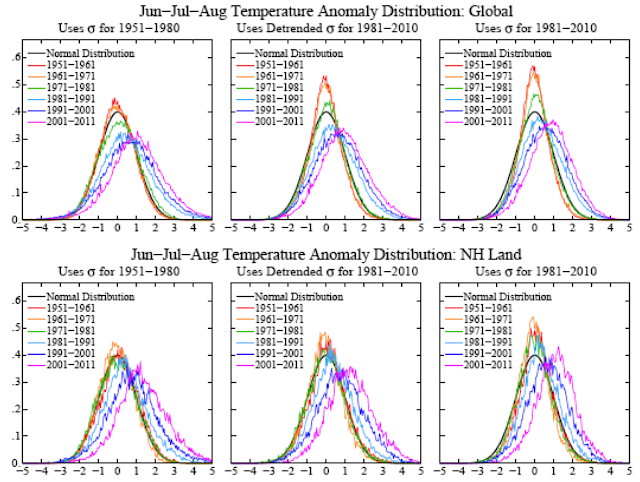I
have a new working paper with Xiaomei (Barbara) Chen, an NCSU graduate student
who is on the job market this year, and Larry Dale and Hung-Chia Yang of
Lawrence Berkeley National Laboratory. LBL does a lot of work on energy
efficiency regulations, and they asked us to do some data analysis to accompany
new energy efficiency standards that were being proposed by the Department of
Energy. They had already done a lot of engineering analysis that
typically goes along with these rules. But OMB was looking for an historical
account of past standards, particularly the last time DOE increased standards
for washers in 2007. This paper comes out of that work.
This
is a new area of research for me, and this paper could use some additional
analysis if we can obtain the right data to do it. But even without that data, I think it
presents some fairly compelling evidence that energy efficiency regulations may
be beneficial in ways not typically considered
Here's
the jist of it:
We
obtained a big dataset that tracks sales of all washing machines sold at a
large fraction of retailers throughout the country. These are proprietary
data that LBL had to purchase, so unfortunately we cannot share the raw data.
They are monthly data that start well before a 2007 increase in the
stringency of clothes washer efficiency standards and continue until well after
2007. Importantly, the standards change only banned the manufacture, not
the sale, of low efficiency washers.
Unsurprisingly, we found prices of the banned low-efficiency units started increasing a bit before the ban took effect as supplies dwindled. Price increases
and falling quantities continued awhile after the ban. People
who really wanted the old, less-efficient washers were clearly worse off
because the old washers became more expensive and probably more difficult to
find.
As
people shifted their purchases away from the banned units and toward the more
efficient units, sales of the efficient units soared. One may normally expect prices for
high-efficiency units to also rise as demand shifted. But they didn’t. Instead prices fell sharply around the time
of the policy change, just as sales started to rise. Even if we look only at
washers sold both before and after the policy change, the price declines of the
efficient washers was larger the price increases of the less efficient
washers. And while overall quality of
washers increased, average prices declined.
Thus, not counting public and private benefits from energy saving, it
seems pretty clear that consumers gained substantially from the policy change.
All of these effects become much clearer when we include washer model fixed effects to control changes in the mix of washers available on the market.
How
could it be that regulation of the washer market—imposition of minimum
efficiency standards—could cause average washer prices to fall? The answer, we believe, goes back to a
theoretical paper by Ronnen from 1991.
If there are economies of scale in production, as there are likely to be
in most manufacturing (cost per unit declines as quantities scale up), then
cost of producing efficient washers fell as demand and production increased.
The
question then becomes, why weren’t the more efficient washers simply sold on a
larger scale before the policy change? I think the likely answer to that is imperfect competition and associated price discrimination. Appliance manufacturers develop a large
variety of washers and try to carve out as many niche markets as possible,
thereby obtaining some pricing power within each niche market. These niche's become exaggerated if there is a lot of brand loyalty by consumers. If there is too much variety, this can be
very inefficient, especially if there are large economies of scale. The end result is too many low-quality
washers and too few high-quality washers.
When the policy banned low-efficiency units, it effectively banned
low-quality washers and caused greater competition and economies of scale in
the high-efficiency/high-quality market.
Note that I’m
making a small leap by equating energy efficiency with quality, but the data generally
seem to support this, as there is a strong association between price and
efficiency, especially before the policy change.
Now,
one important caveat to this study is that other things were going on
around the time of the policy change. Some
of the demand shift could have been driven by a spike in energy prices. Also,
the Great Recession began not long after the policy change, but I don't see how
that could have caused a shift in demand toward higher-efficiency washers.
In both cases, since the substitution toward efficient washers began a
bit before these nearly concurrent events, I think the fairest interpretation
is that the policy change was the primary cause. And even if the policy change wasn’t the
cause, the pattern of price changes still suggests significant economies of
scale and thus a potential role for policy given a monopolistically competitive
market for appliances.
If our hypothesis is correct, we should be able to replicate the result for other appliances and standard changes. We'll see…
If our hypothesis is correct, we should be able to replicate the result for other appliances and standard changes. We'll see…














